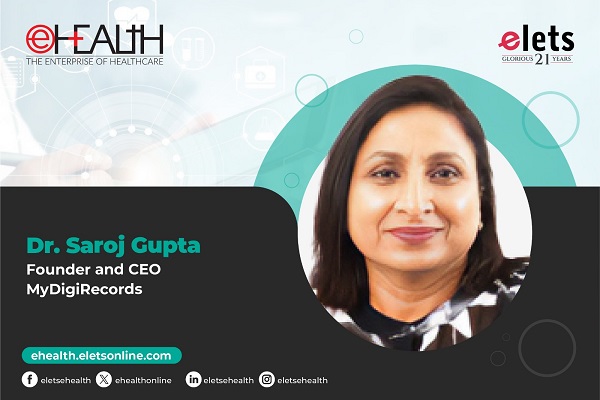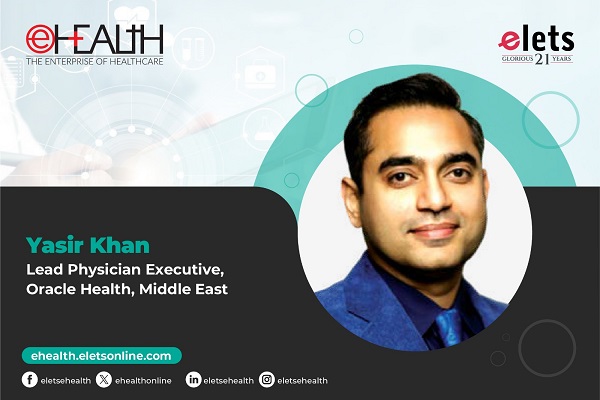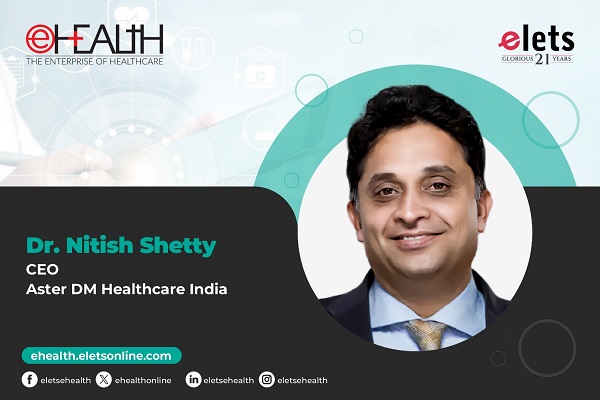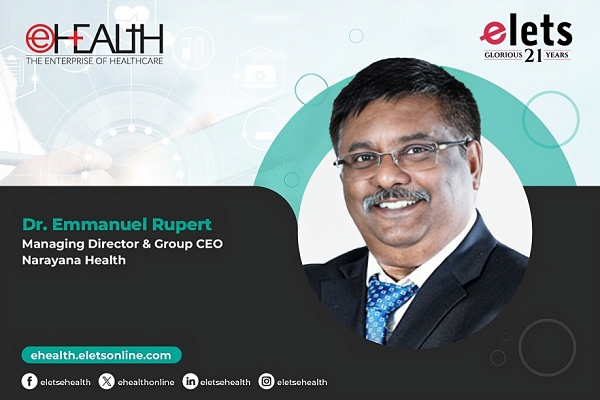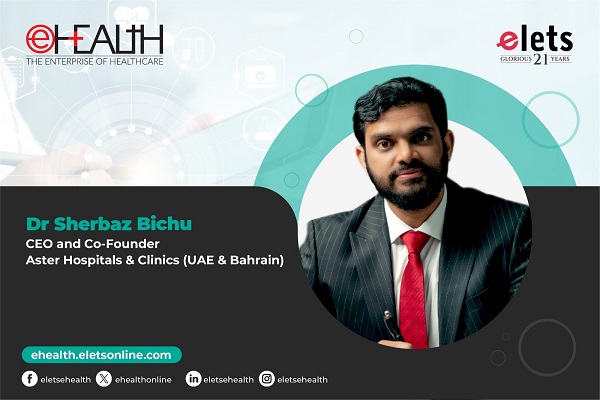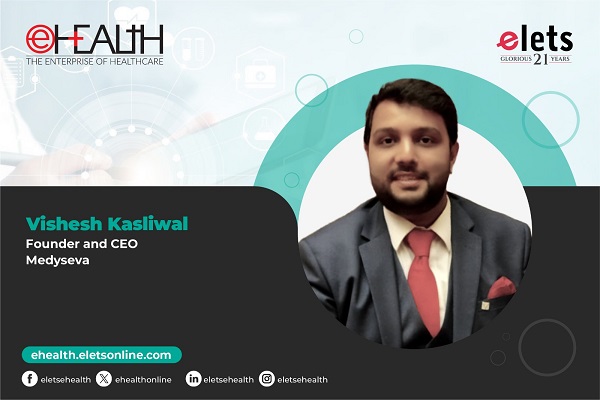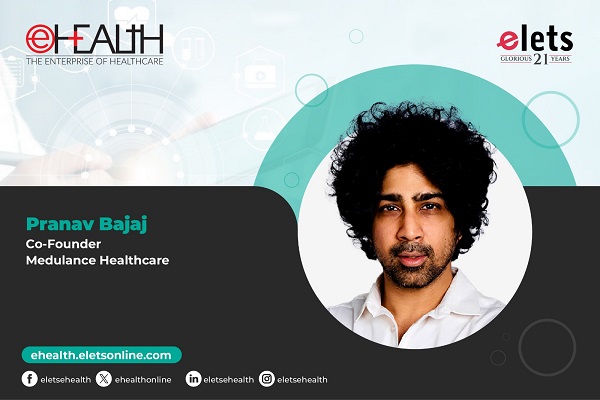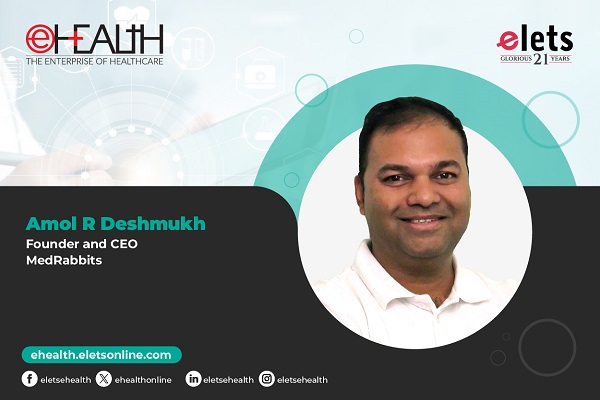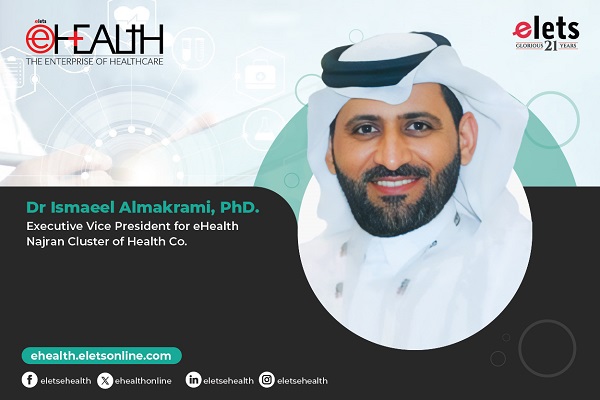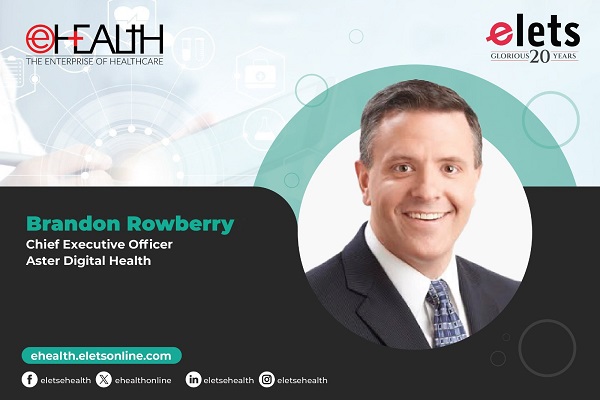Matrix Knowledge India – a subsidiary of Matrix Knowledge Group, UK, is equipped with a multidisciplinary team of healthcare specialists, technologists, clinicians, researchers and practitioners, and backed with strong knowledge partnerships with some of the finest universities, research organisations, hospitals and insurers. The company is poised to embark on a novel journey to transform Indian healthcare by bringing innovation and world-class practices in health informatics.
eHEALTH caught up with David Thomas, Managing Director, Matrix Knowledge India to capture his views about the future of healthcare in India and understand the value-proposition of his company towards actualising the vision.
David Thomas
Managing Director
Matrix Knowledge India
What was the genesis behind formation of Matrix Knowledge India? How would you define the essence and core strength of the organisation?
Innovation in India – Transforming Healthcare blends world class healthcare expertise with Indian experience and talent, in an Indian company with an Indian private and public sector track record. It accelerates innovation and development to support the development of Indian world class healthcare businesses.
Our Intelligent Development Program (IDP) supports the delivery of World Class Healthcare Performance.
Matrix Knowledge India supports health organizations across the globe deliver clinical and financial success. The challenges faced by health communities are local, but are being tackled globally. There is substantial opportunity for world class innovation expertise and Indian talent to leapfrog established healthcare markets and become the world leaders in health service delivery. We work collaboratively with clinicians and utives to open new opportunities, reach new markets and set higher standards of performance.
IDP has four delivery themes to support the transformation of health organisations in India, and maximize their potential – turning ideas into tangible and delivered improvements in performance.
- Hospitals and Health Systems of the Future: The old hospital is gone, embracing new models is the only way to meet the pressures for change and clinician and public requirements.
- Investment Sourcing, Planning & Implementing: The key to change and ongoing growth. The only means of growing is through investment and the only way of securing growth is to generate surpluses from the business of clinical services in both private and public sector.
- Partnering for Success: Why reinvent the wheel? We can all learn from those who have achieved success, we just need the right formats to interpret best practice to right practice.
- Creating the Intelligent Organisation (and Workforce): Knowledge is the lever for innovation and transformation. Utilising technology is the means. The successful service organization will be an agile one, able to spot and deliver improvement rather than just react to it.
We combine world class/global expertise in healthcare business and clinical evidence with Indian know-how. Indeed our clients frequently save more than we cost.
What is your view about the quintessential role of informatics in healthcare delivery and outcomes? What and where does it need the most improvement?
The case for investing in expert informatics in healthcare is overwhelming. Successful hospitals have great information which is timely, accurate, transparent, focused on managing risk, quality and performance. Expert information requires an informatics approach. It need not be expensive to get the most out of existing IT systems.
Many hospitals and healthcare organizations have objective of implementing; paper less Hospitals, Satellite connectivity, Live Video Conferencing, High- end Telemedicine etc.
The Expert Informatics design should ideally deliver:
- Strategy Mapping – plotting objectives by service/department by year.
- SMART objectives – inter-related across the organisation
- Matched by key performance indicators (KPI’s)
What is your offering in terms of value-adding existing IT systems in healthcare organisations? How do you propose to bring a fresh perspective out of usual data practices and legacy systems?
Matrix initially developed the AspiraHub platform over 10 years ago, in response to an increasing number of clients, across a range of sectors, desiring a much more effective way to measure performance and manage results. The ever-expanding code library which comprises the AspiraHub platform provides extensive Data Analysis, Data cleaning, Data Warehouse and business intelligence features and functionality which is built to be configured and customized for individual clients.
Matrix continues to build upon the success of the AspiraHub platform through the enhancement and addition of features and functions, leveraging technological advances, and embedding effective performance management practices identified on a global basis.
The AspiraHub platform can be thought of in three “tiers” or “layers”:
- Presentation layer, which provides the web-based interfaces for users
- Logic, or application layer, where a set of modules provide the features and functionality integral to a Accreditation & Data Warehouse and business intelligence solution
- Data layer, where all of the data in the Accreditation & Data Warehouse is imported into and stored
- Data Import: Methods and Capabilities. We provide three methods of collecting data either directly & integrated with existing systems, extracts derived from existing systems, databases & spreadsheets or directly from people where the information/data is entered directly into a form.
- Direct Interfaces with external systems developed using Web Services;
- Extract Upload for data where automated importing is not feasible;
- Provides a fast and reliable way to integrate large amounts of data quickly and securely over https or ftps
- Can be combined with sophisticated data validation
- Web Forms & Questionnaires providing an effective means for consistent collection of small amounts of data from numerous, disparate sources; streamlines data collection efforts and ensures consistency
- Ability for non technical users to create quick forms based on a library of questions
The system provides tools to transform the extracted data, using rules or lookup tables, or creating combinations with other data, to convert the extracted information to the desired state for loading into the system database. Following tools and the processes used to transform data into the format needed by the system as well as how exception cases are handled during transformation.
- Data from the data warehouse is transformed and transferred in batch to the reporting mart, in the form of dimensions and facts. We use a Slowly Changing Dimension approach which supports saving any number of past values of a record, such as an address, and the appropriate value is selectable, typically based on an effective date range.
- Finding the right value becomes a more complicated query, but is a straightforward activity. This is the standard approach in many general warehouses and adds extra rows to the dimensions to track the changes to the record over time.
- When adding additional datasets to the data warehouse via an upload it validates the data import against data within a preset parameters
- Any data that is found to be invalid, out of parameters, or non-standard would be flagged to an error log for investigation, thus avoiding the intrusive failure of an entire datasets import to the warehouse.
- Exceptions do not obstruct the import of the entire dataset; just the erroneous or flagged fields of data are excluded from the data import. This enables the accurate data to be instantly impactful and the broadest set of results to be available.
What is your application service delivery model for customers? How does it benefit them in gaining better business efficiency, avoiding technology obsolescence and reducing IT cost?
Our approach to configuration is the same as new development. The configuration requirements is agreed in the system specification and supplemented by the application of an ‘Agile’ development methodology. This approach helps us be flexible to evolving requirements inherent in the systems development phase of a project. This approach incorporates refinements to the requirements at an early stage and ensures we stay within agreed costs. In this way we provide fast and thorough responses to changes in requirements and new ideas whether that is developing a new piece of functionality not resident within our application suite or configuring existing functionality.
The timing and content of delivery iterations is under the control of the user but cannot extend beyond scope already agreed. Each delivery iteration involves all team members working very closely – sometimes consulting daily – and always begins with the full team planning the contents of the delivery iteration, agreeing the periods for analysis / development / testing and reviewing / identifying / prioritising risks. The result is an ‘iteration work plan’ for producing a quality business product or function in a short period of time, and the activities for managing, or avoiding, any risks identified in the iteration.
The key principles of ‘Agile’ are:
- Customer satisfaction by rapid, continuous delivery of useful software;
- Working software is delivered frequently;
- Working software is the principal measure of progress;
- Clear requirements in the form of “user stories” rather than long and complex technical specifications
- Close, daily cooperation between business people and developers;
- Continuous attention to technical excellence and good design; and,
- Regular adaptation to changing circumstances.
How would you reflect on the need for having standard-based practices in healthcare organisations? What initiatives would you wish from government and regulatory bodies towards achieving this objective?
Providers of modern healthcare services across the globe are increasingly challenged to improve performance and demonstrate the effectiveness of their services to a range of stakeholders including boards, payers, service users and regulators.
This is equally the case in India due to the growing demand for quality healthcare and hospital facilities from the increasingly discerning and health-aware middle class and with medical tourism now a reality, new boundaries of performance are being achieved and the level of competitiveness for patients is touching new highs.
Management and leadership teams have found difficulty in timely access to key performance indicators. We have found that much of the critical data is available within organisations; however mechanisms to make this data more accessible in a flexible, affordable way have not been found or fully utilised.
Interestingly the introduction of this type of technology into healthcare is slower than some other sectors. This may be due to the labels that have been attached to ICT and IM known as Informatics. They are linked but the technical ‘bits and bytes’ expertise in ICT is a wholly different discipline from IM or Informatics which is about designing relevant information to inform clinical and business decisions. In healthcare it is only relatively recently that the informatics discipline has come into focus, meaning that the emphasis on the commissioning of large and relatively cumbersome systems has overwhelmed what value could be delivered by making existing data more readily available to the right people.
Demands for patient choice, regulatory requirements, benchmarking, evidence based medicine, knowledge management, risk management and the massive drive to ensuring clinical quality and high business performance in an era of needing to get more for less – now one cannot ignore the case for developing advanced informatics. ![]()

Be a part of Elets Collaborative Initiatives. Join Us for Upcoming Events and explore business opportunities. Like us on Facebook , connect with us on LinkedIn and follow us on Twitter , Instagram.


